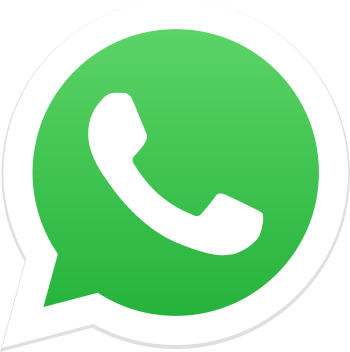



Primary healthcare is the first level of contact individuals, families, and communities...

Personalized and precision medicine are innovative approaches to disease prevention, diagnosis, and...

Health communication involves the strategies and methods used to share health-related information between healthcare providers, patients, and the public. Effective health communication ensures that people receive accurate, timely, and understandable information to make informed decisions about their health.
Patient Education: Clear communication helps patients understand their conditions, treatment options, and the importance of adherence to medical advice.
Public Health Campaigns: Health communication campaigns raise awareness about disease prevention, vaccination, healthy lifestyles, and emergency responses.
Provider-Patient Interaction: Good communication builds trust, reduces anxiety, and improves patient satisfaction and outcomes.
Challenges include overcoming language barriers, health literacy issues, and misinformation.
Health Information Technology refers to the use of computerized systems and tools to manage health information, streamline clinical workflows, and enhance communication within healthcare settings.
Key components of HIT include:
Electronic Health Records (EHRs): Digital patient records that allow providers to access and share health information quickly and securely.
Patient Portals: Online platforms where patients can view their health data, schedule appointments, and communicate with providers.
Telehealth: Technology enabling remote clinical services through video calls, mobile apps, and messaging.
Clinical Decision Support Systems (CDSS): Software providing evidence-based guidance to clinicians during patient care.
Health Information Exchange (HIE): Systems that facilitate secure sharing of health data between different organizations.
The integration of effective communication and HIT technologies enhances healthcare by:
Empowering Patients: Access to personal health information and educational resources supports self-management.
Improving Coordination: Seamless data sharing between providers reduces errors and duplication of tests.
Enhancing Accessibility: Telehealth and mobile health applications increase access to care, especially for remote or underserved populations.
Supporting Public Health: Real-time data collection helps track disease outbreaks and inform health policies.
Privacy and Security: Protecting sensitive health data from breaches is paramount.
Digital Divide: Not all patients have equal access to or comfort with technology.
Training Needs: Providers and patients require training to effectively use health IT tools.
Maintaining Clear Communication: Technology should complement, not replace, human interaction in care.
Health communication and health information technology are powerful allies in modern healthcare. Together, they facilitate better patient engagement, improved care coordination, and enhanced public health initiatives. Addressing challenges related to access, literacy, and security will be key to maximizing their potential and transforming healthcare delivery for the better.
#Healthcare #ConferenceDubai #NewYear2026 #BurjKhalifa #DubaiMahal #HospitalManagement #PatientSafety #HealthcareDubai #UAE2026 #MedicalConference #SmartHealthcare